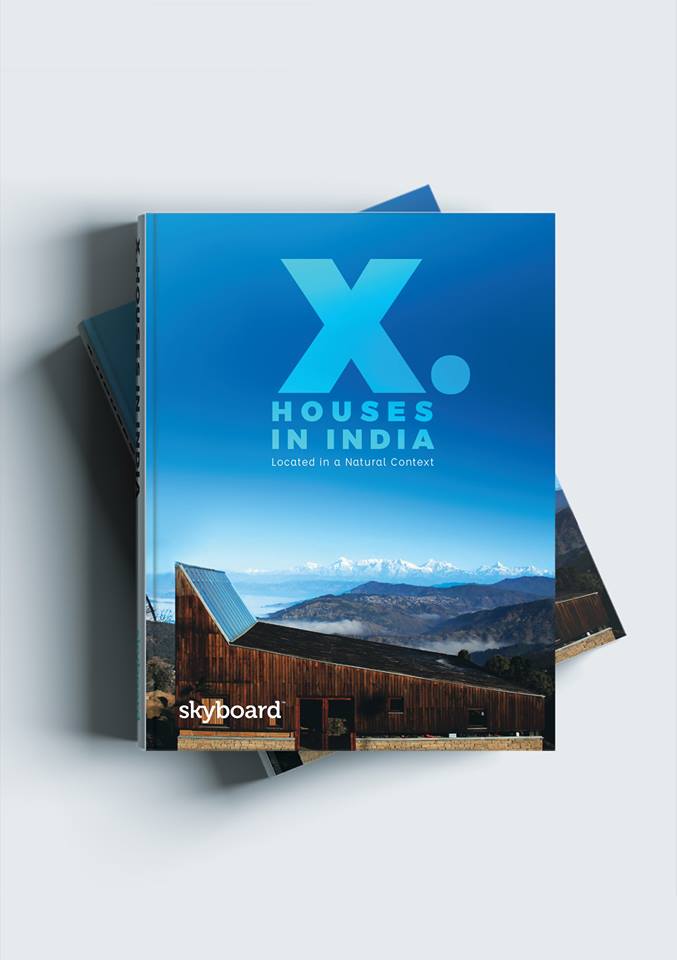
The ubiquitous ‘home in the woods’ or the notion of ‘heading to the hills’ no longer conforms to the imageability of a rustic cabin house. With the gaining popularity of weekend retreats, a different narrative is being posited. At an intersection of exploring the hubris of pristine and peri-urban settings, what sets the programmatic challenge or conformity for these architectural expressions?
These 10 houses at the outset, explore a connection to the immediacy of their contexts- physical or metaphysical. Tucked away in the withdrawn corners of the country, they ebb the momentum of city life to momentary seclusion.
The demonstrative engagements are varied and experimental reciprocal to diverse topographies – from the ravines shaped by a river in Gandhinagar, to the mountainous slopes of Uttarakhand, gentler terrains of Sahyadris and Nilgiris, to the more verdure locales of Alibaug and Kerala. The occupation of these residences varies and is oft, conditioned by quality of impermanence. The scale and envelope then secedes from the personalised intimate boundaries of habitation to explore more perforatory formats – more open, more connected to the outside.
Inner Pages
The spatial matrix indulges in a juxtaposition of distinct conceptual and tangible layers – and there is no singular approach. Some houses such as the Hornbill house, The Perch develop from the siting, some are partially embedded in hillsides or levelled in a symbiotic tracery over the terrains, such as the Panorama House dwell on the orientation and are designed to concert nonpareil views, others such as Hillside Retreat and House under the Hillock extrapolate profiles inspired from the surroundings, and some such as the Wood House lend to a constructive rationality, contrived by the use of endemic materials to renew the innate bond with regional setting.
The concept, the craft and the container for each one strives in its individual capacity to foster the balance between the need to occupy and practising the art of restraint. With a focus on sensorial and tactile facets, none of the ten houses are static aesthetic statements. The perception, the sequence, the simplicity arises from the attention provided to the aspects of the making in a way that domestic materials, environmentally-sensitive interventions, minimal footprints, light, technical concerns and viabilities influence the generative core of its physical quality. The identity and ethos of the place becomes intrinsic to derive the sensibility.
Imbued with extensions, wether of metaphor, of memory or of landscaped thresholds, it assumes a character of continuity. This syntax amplifies and mediates the space of The Shadow House, the Kaawi House, k-Lagoon and the Twin Houses. The reading of architecture processes its nearness to nature to ascribe movements within and outside each shell. Each project becomes about celebrating the true potential of the site; all expressing a strong and eloquent visual relationship to the atmospheric and the scenery.
Simultaneously, exponential and simple, the fundamentals and parlance of each project are presented with supplementary emphasis on the value of the process and its inception rather than the form-making. It is a point of departure from an image-driven isolated purview of contemporary architecture to a dialogic multiplicity that seeks out the opportunities and interactions held in these landscapes. The impetus behind the selection of these projects is to map an insight into the dimension of the experiential – an architectural mise-en-sćene condensed for the purpose and the place.









